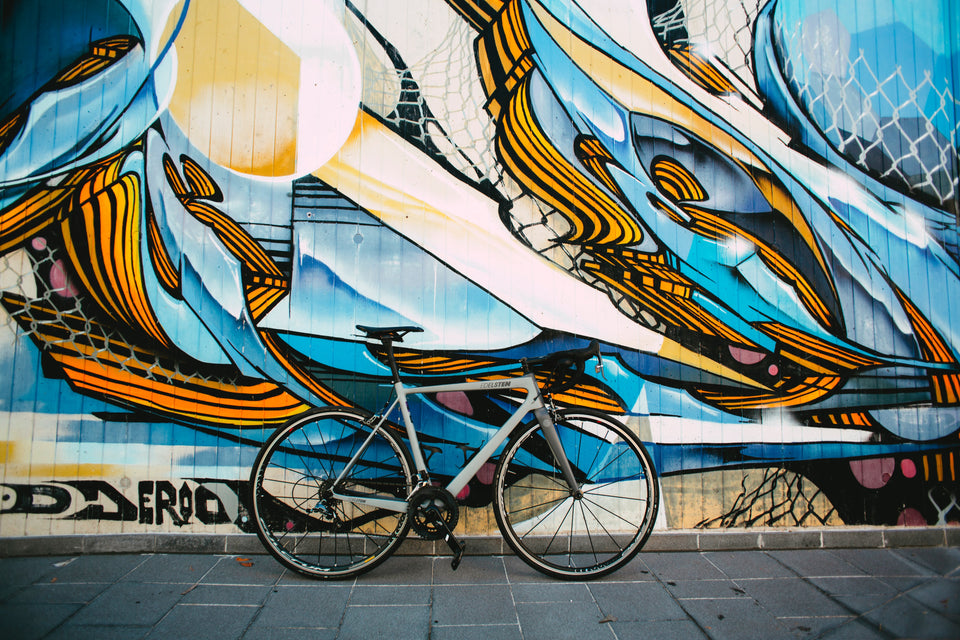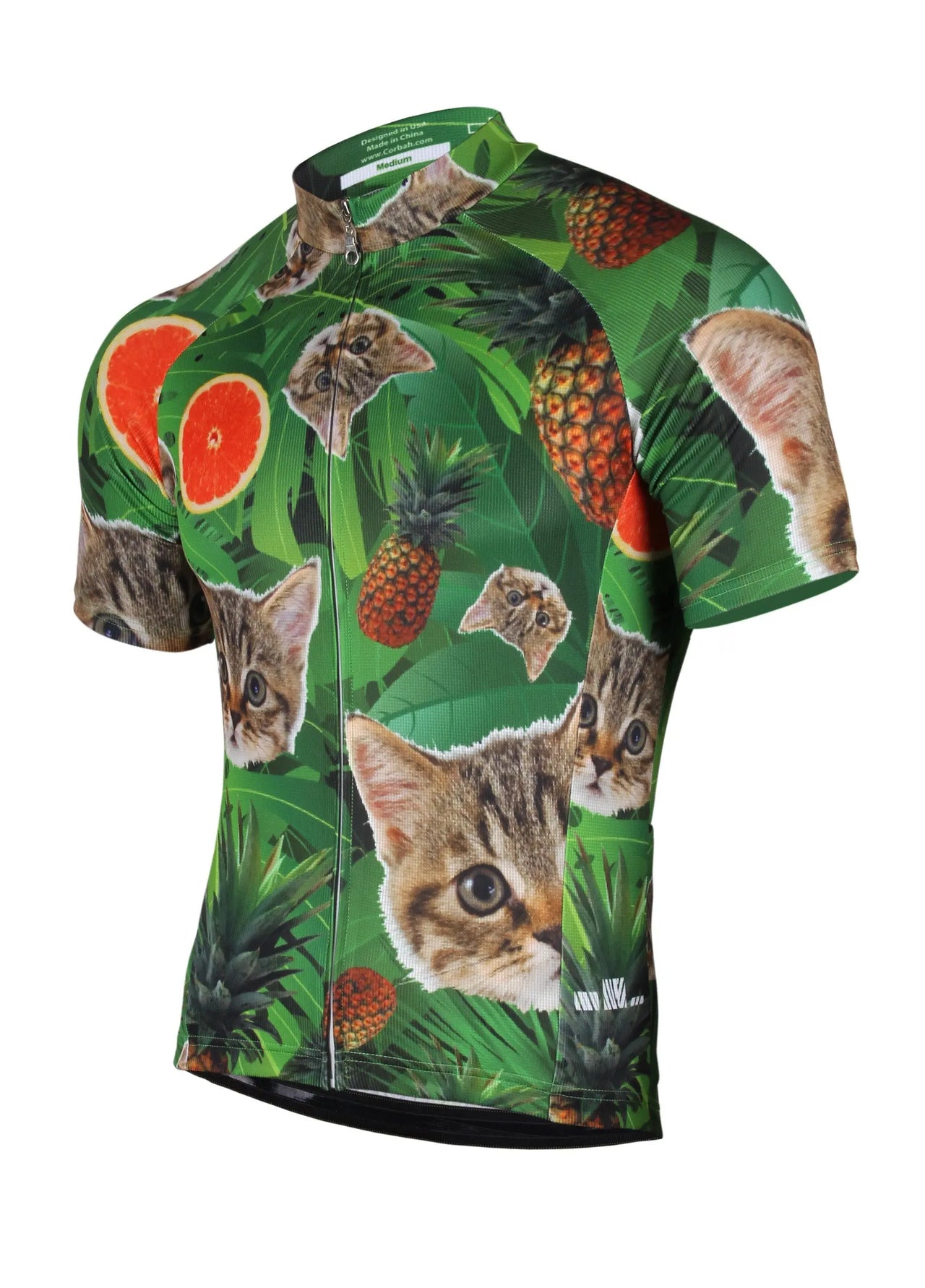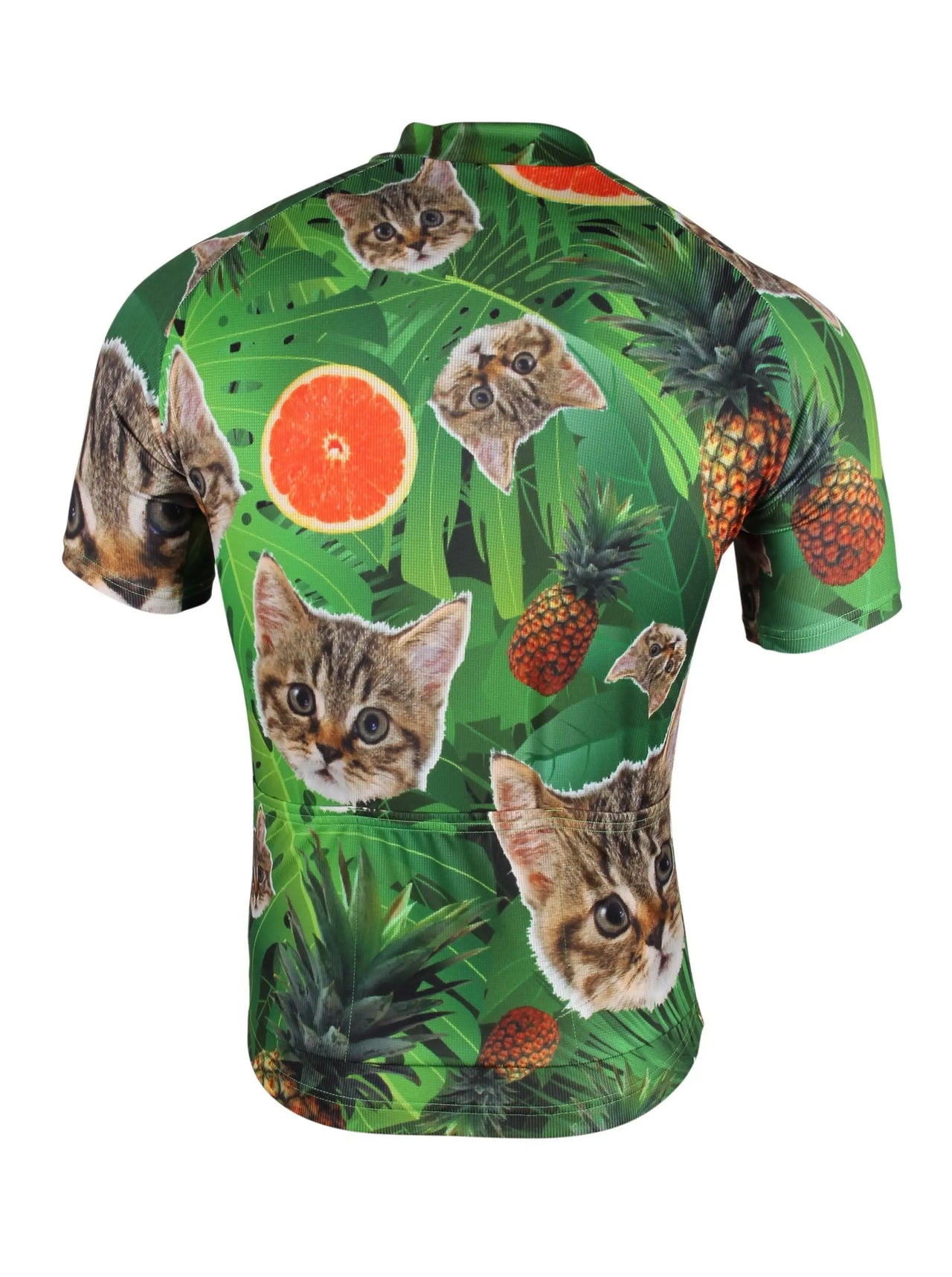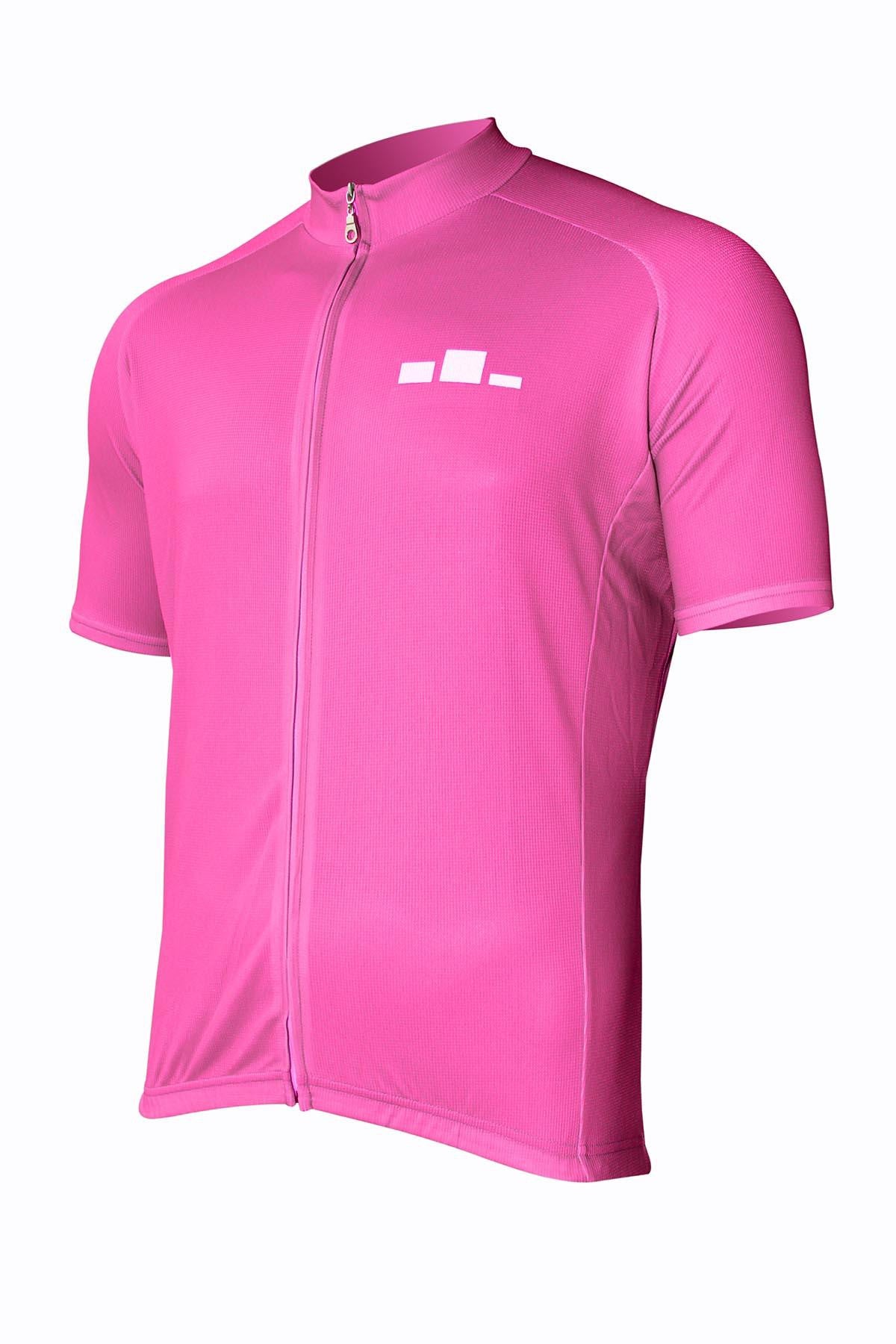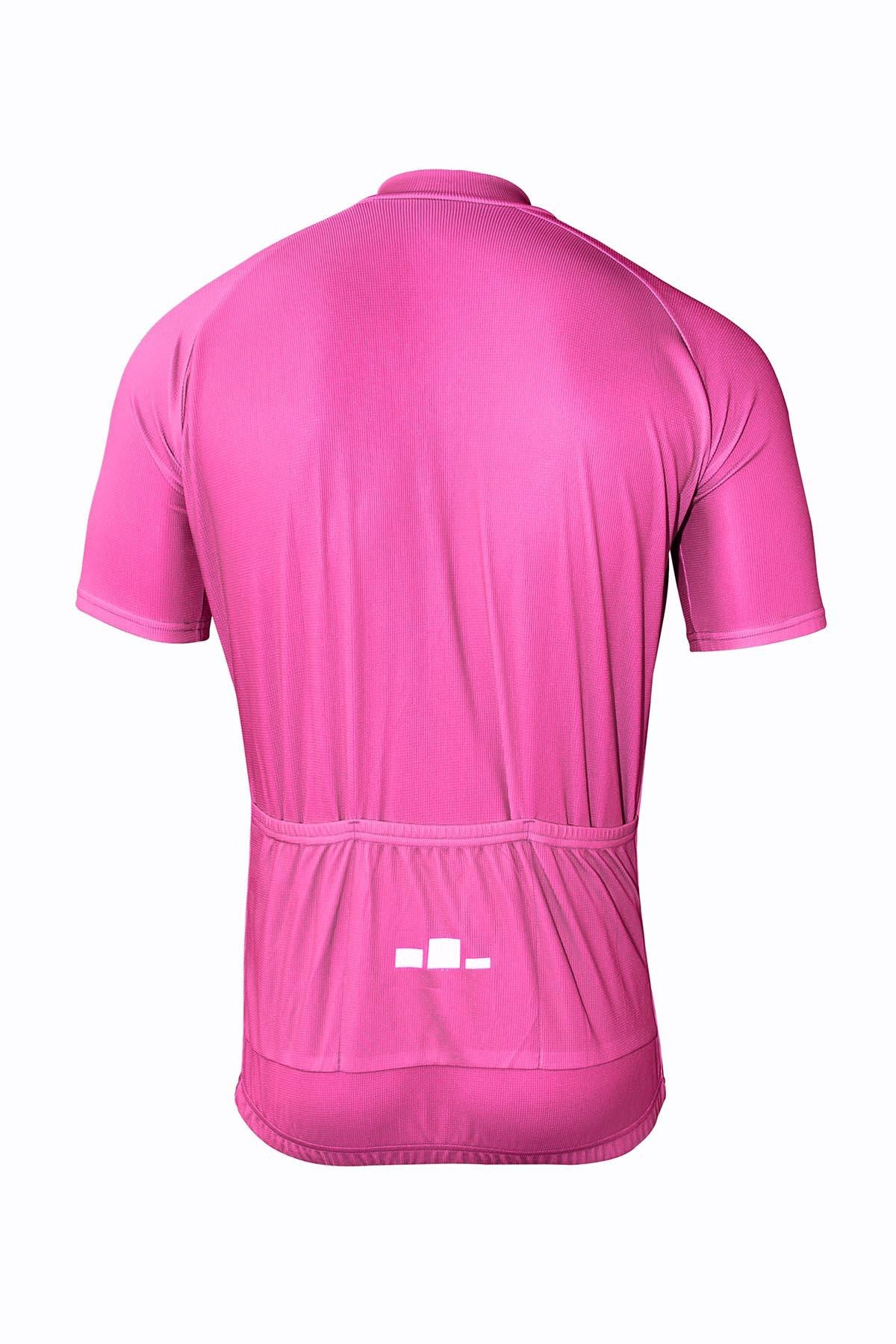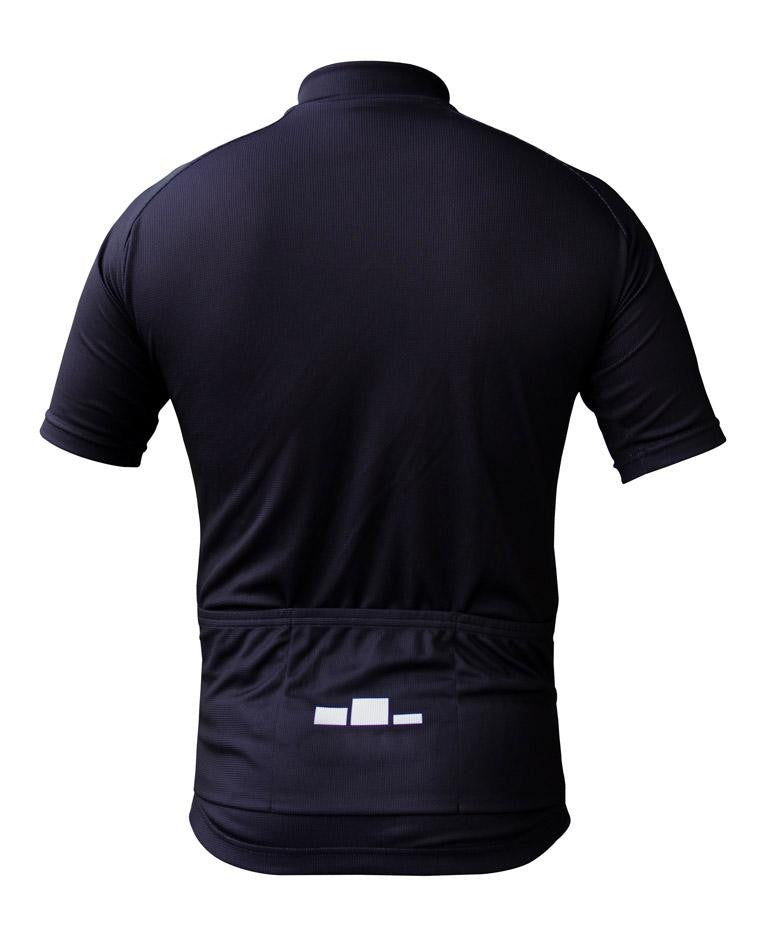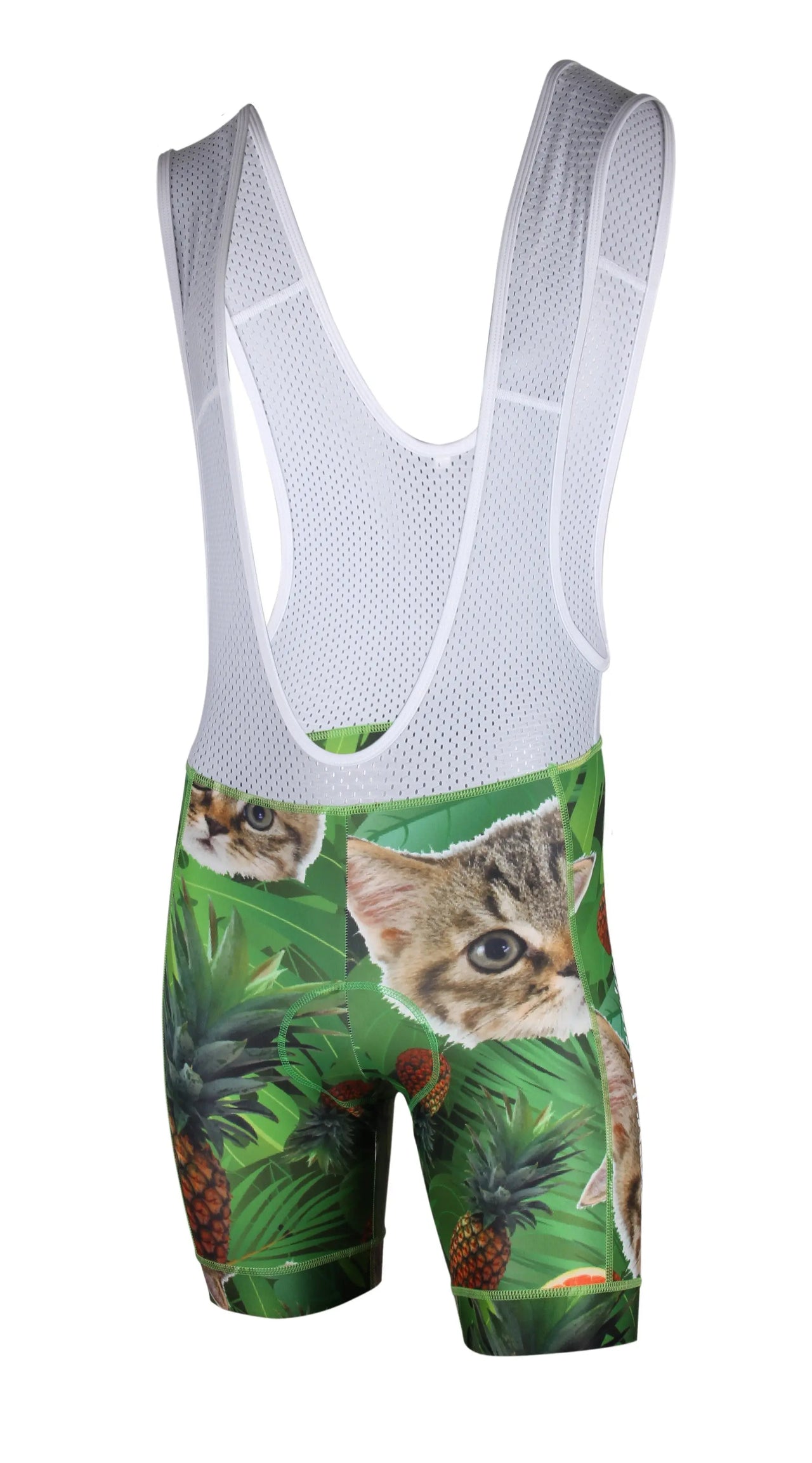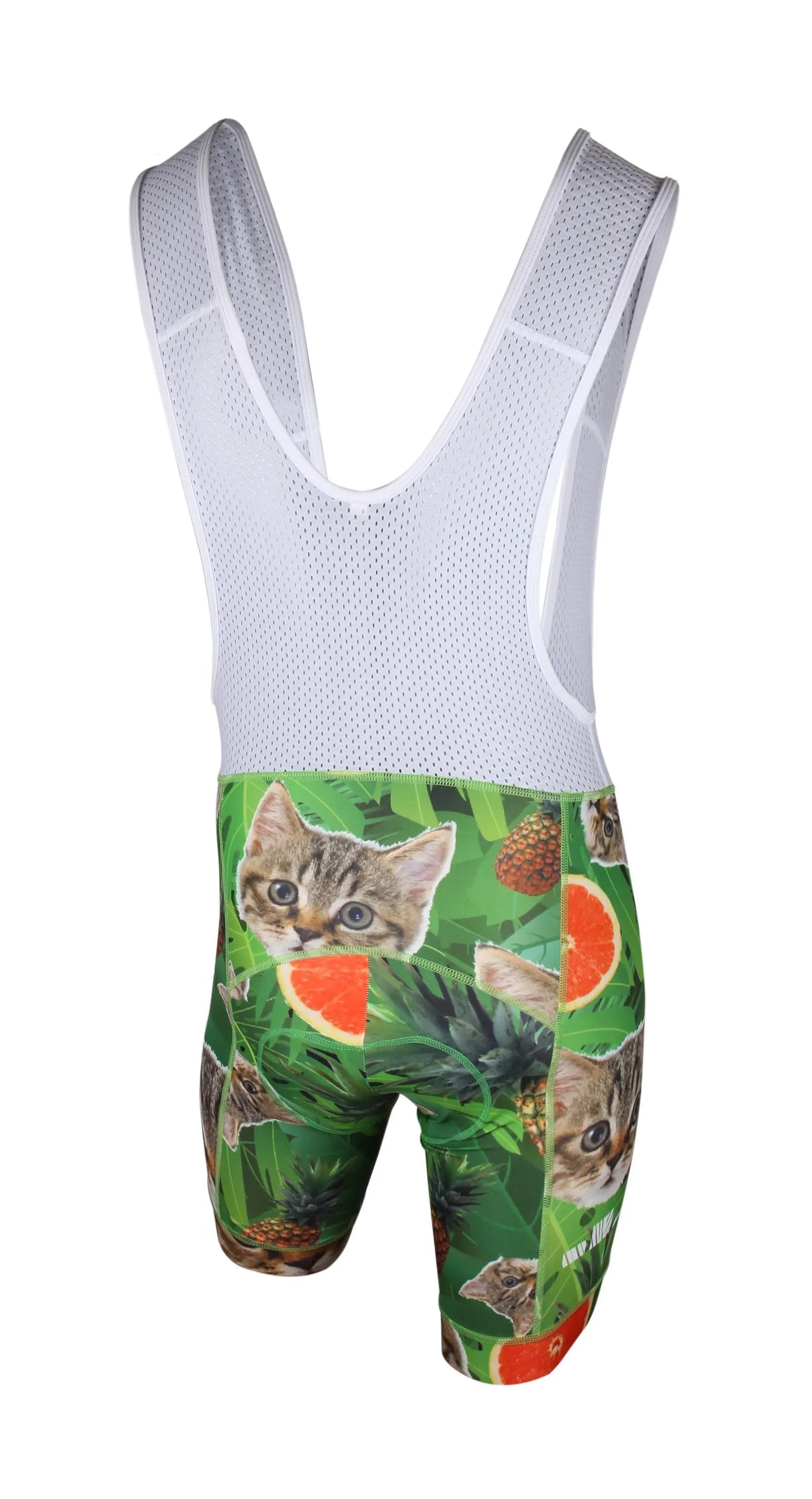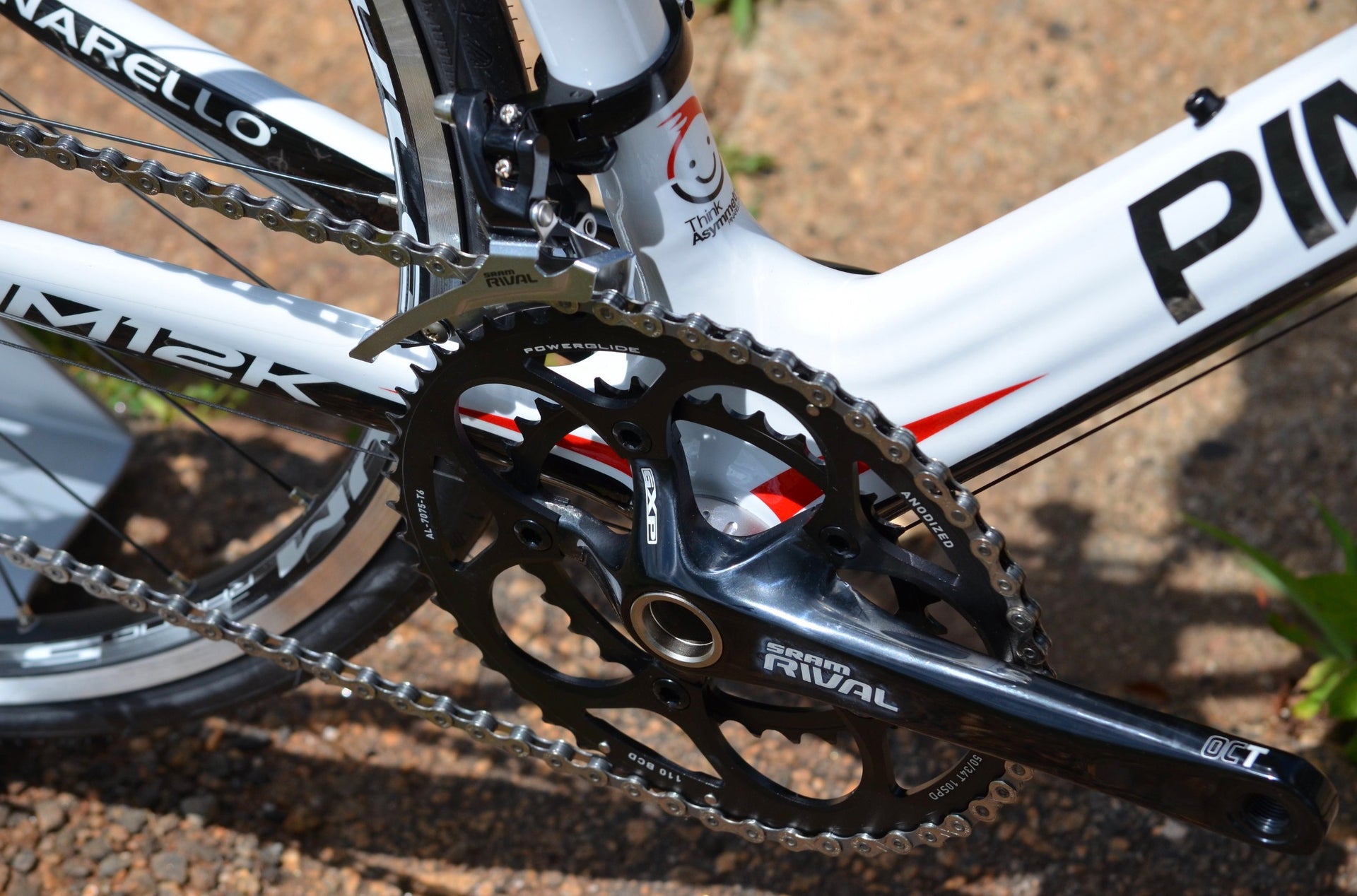
Everything you need to know about 110 and 130 BCD Cranksets
What is BCD?
BCD stands for Bolt Circle Diameter. It is the distance from side to side of a circle that goes directly through each bolt hole in a crankset. If you're looking at the hole in a crankset, imagine a circle that went directly through the center of each hole overlayed on the crankset. The diameter of that circle is the BCD. When you see a measurement like 110 or 130 BCD, that means that diameter is 110 or 130 millimeters, respectively.
What is the biggest chainring I can put on a 110 BCD or 130 BCD crankset?
To some degree, the sky is the limit. The issue with adding large chainrings to a smaller 110 BCD crank is that the large chainrings can flex. Or, if they don't flex, you'll have a huge penalty in weight. There are some niche manufacturers that make 54 tooth chainrings for cranksets, but you'll pay a premium for them.
What is the smallest chainring set I can put on a 130BCD crank?
38 tooth. The smallest inner chainring I've been able to find is a 38 tooth. Anything smaller and you, the chainring teeth will run into the chainring bolts.
How do I find my crankset or chainring's BCD?
The easiest way, of course, is to look on any chainrings or inside the stamping of a crank arm for a marking. The image below shows how it could be marked.
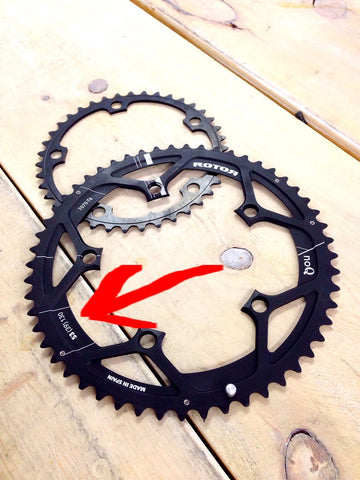
If you cannot find labels/markings, there are alternative methods. See the table below for measurements for popular BCDs. If you have a vintage or niche bike, it potentially won't be listed.
Adjacent hole to BCD conversion Chart
|
||||||||||||||||||||||||||||||||||||||||||||||||||||||||||||||||||||||||||||||||||||||||||
What about Chainring Bolts? How big are they and what are they made out of?
Chainring bolts are 10 mm.
The fancy folks use Titanium Chainring Bolts because reasons. Usually it's weight. You might shave a gram or two by swapping these out, but the cost efficiency is negligible. The more cost-conscious cyclists use steel or aluminum bolts.
Should I get a 110 BCD Crankset or 130 BCD Crankset?
In my opinion, that depends on the max tooth of your rear cassette. I have a 2015 Cannondale Supersix with SRAM Red 11 Speed and a 53/39 crankset with 11-28 rear cassette, and sometimes I wish I had more gearing. Why don't I get a larger cassette? Well, a short cage derailleur will max you out at 28 teeth on the rear cog. So max rear cassette size is a HUGE factor in deciding whether or not to go compact or standard.
What kind of hills max out a 53/39 and 11-28 cassette?
This is a climb I regularly did in Vietnam and wished I had a smaller crankset or bigger rear cassette:
https://ridewithgps.com/routes/31488288
I weigh about 160 pounds and could do 280 watts up the climb. To keep my cadence reasonable, I would have to go all out, and how far I could go in any given day would be limited by the fact that I was over-exerting myself to overcome my lack of gearing.
What is the smallest chainring you can put on a 130 BCD Crank?
The answer is: 38 tooth chainring. If you go too small, the chain ring teeth will not have room outside of the bolts. I've searched for years and I've not been able to find a 130 BCD crank that will accept anything smaller than a 38 tooth that is compatible.
How do Oval Chainrings Work?
The idea behind oval chainrings is that throughout your pedal stroke, you are able to create different torque values on the crank. What do I mean by this? I mean that when your foot is at the 3-o-clock position on the crank, if looking from the side, you are able to create the most amount of torque. So what an oval chainring does is it effectively amplifies the amount of time you are on that part of your pedal stroke slightly. So in that way, you are on the power part of your stroke longer and the "dead spot" which is right after 6-o-clock, is shortened and has less of an imact.
Look at it in the reverse. What would happen to your power if they took the weakest part of your pedal stroke and make it the hardest to get through?
What is the smallest chainring you can put on 130 BCD?
The smallest chainring you can fit on a 130bcd crankset is 38 tooth. However, most 130bcd cranksets are going to come with 53/39
What is the smallest chainring you can put on 110 BCD crankset?
The smallest chainring you can use or are going to find is a 33 tooth chainring.
What are the benefits of a bigger chainring?
The benefits are generally speaking lower mechanical loss because of the less steep angles of the chain. However, those gains are typically negated by flex and the added weight and rotational mass.
What BCD are Shimano cranks?
Shimano cranks come in a wide variety of bolt circle diameters. To get the size of your BCD you either need to physcally measure it or check the back side of your chainrings OR on the inside casting of the crankset crank arms on the drive side.
Which gear is fastest on a bike?
In bike-lingo, the biggest gear will allow you to go the fastest. On modern bikes, that gear is the most outboard gear on the front crankset and most outboard cog on the rear cassette. Typically, the fastest road bike gear is 53x11 but there are 56x10s out there!
What do Chainring Numbers Mean?
So on every chainring, you're going to see something like 33t, 34t, 39t, 50t, 53t or something like that. The number stands for the quantity of teeth on the chainring. The teeth are those little teeth looking things that drive the chain.
Can I bike up hill without getting tired?
Absolutely and I will tell you some times from riding all around Colombia through the mountains. I'll order these tips from most to least impactful.
- Get the right gears. I mean have a set of gears that allow you to keep a cadence (speed of your legs rotating in a circle) that is at least 85.
- Lose extra pounds -- Losing weight will in most cases make you go up these hills easier than if you trained solely youre power. It's the truth. We all want to put out big power numbers but when it comes down to it, the skinny boys win on the hills
- Get lighter wheels -- lighter wheels are great for going up hills faster
- Get out of the saddle. As a rule, I try to get out of the saddle 30 seconds for every 2-3 minutes of hill pedaling
- Breathe! Take good full deep breaths and remember that the majority of the gas exchange in your lungs happens on the deep breaths.
Crank BCD Meaning
Crank BCD means Bolt Circle Diameter. The chainrings which are the flat circular disks that have teeth on them to drive the chain need to bolt up to the mounting surface of the crank itself. The bolt circle diameter is the diameter of a circle where the circumference of that circle passes through the center of each bolt.
What is Crank BDC?
Crank BDC is a common misspelling of the words Crank BCD. Crank BCD is the bolt circle diameter of your crankset.
What are some common Crank BCDs?
The most common crank BCDs are: 130, 110, 107, 104, 94. the BCDs of less than 110 are made to accept chainrings smaller than 34 teeth.
What does a Smaller Chainring do?
A smaller chainring can mean two things. You could be going down to a smaller BCD or you could be going down in teeth. Chainrings in the past had larger BCDs relative to their teeth because it gave additional strength. Imagine a 56 tooth chainring on a tiny BCD crank. There would be a ton of flex in that chainring. But if you go down in size on your chainring, the chainring itself will be more rigid and also the fewer teeth would decrease your gear ratio, effectively making you spin your legs faster to maintain the same speed with the same rear cassette gear.
Are bigger chainrings faster?
There has been some testing done about this regarding frictional loss reduction from a larger chainring. Specifically caused by less angle of the chain. All else being equal, some say spinning in larger rear gear and larger chain ring will be more efficient, provided you don't have excessive chain angle.
If we're talking about riding in the mountains, you need to do everything you can to keep your cadence up because a few sections of hard, low cadence can fatigue your leg muscles rapidly.
Can I replace my Chainring without Removing my Crank?
Yes you should be able to. I've replaced my chainring on every bike I've ever owned and never needed to remove my rank. There may be some rare instances where this is not the case but it is uncommon. I say this because there are boutique crank manufacturers and I can't say "yes" to all without accounting for some of those.


